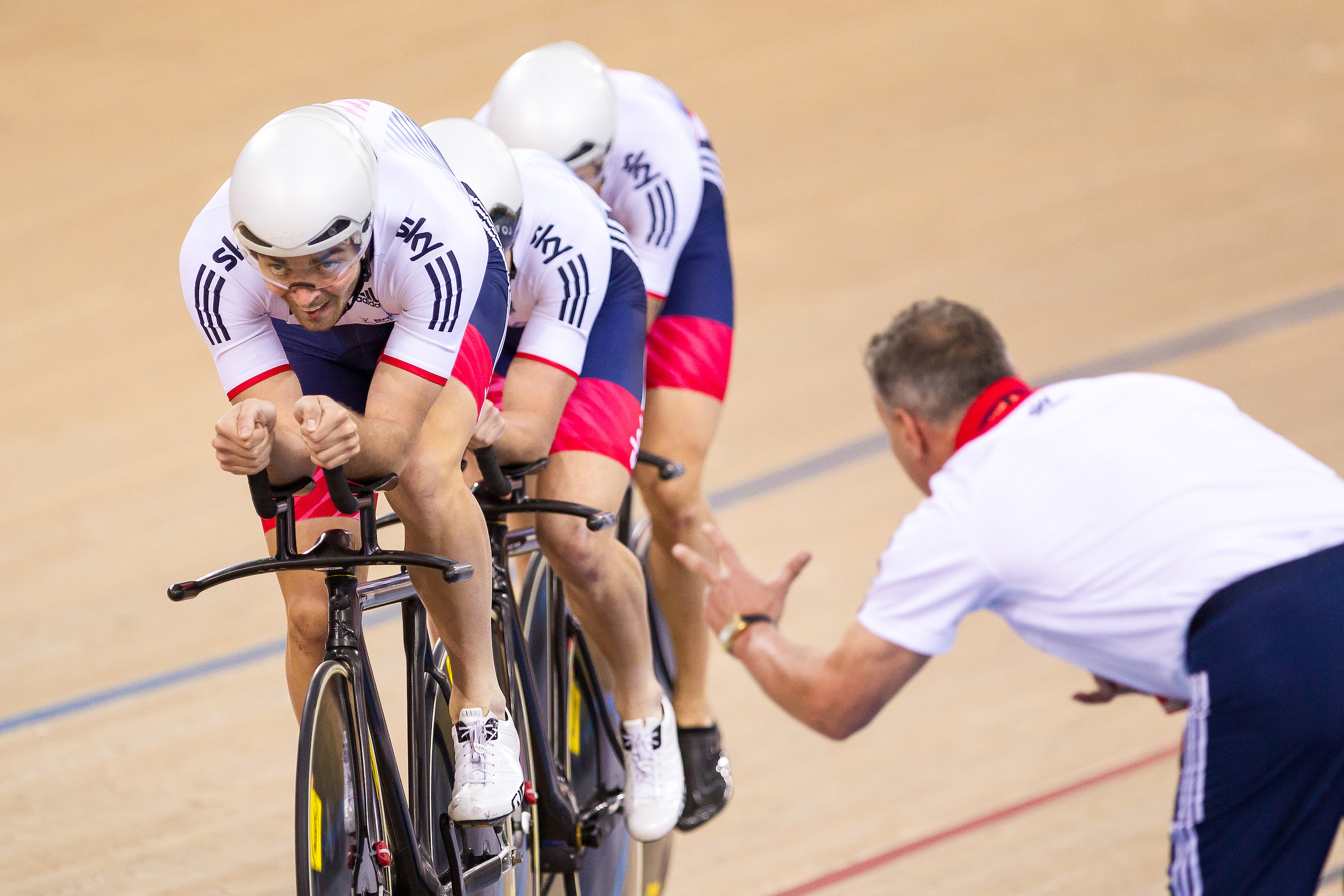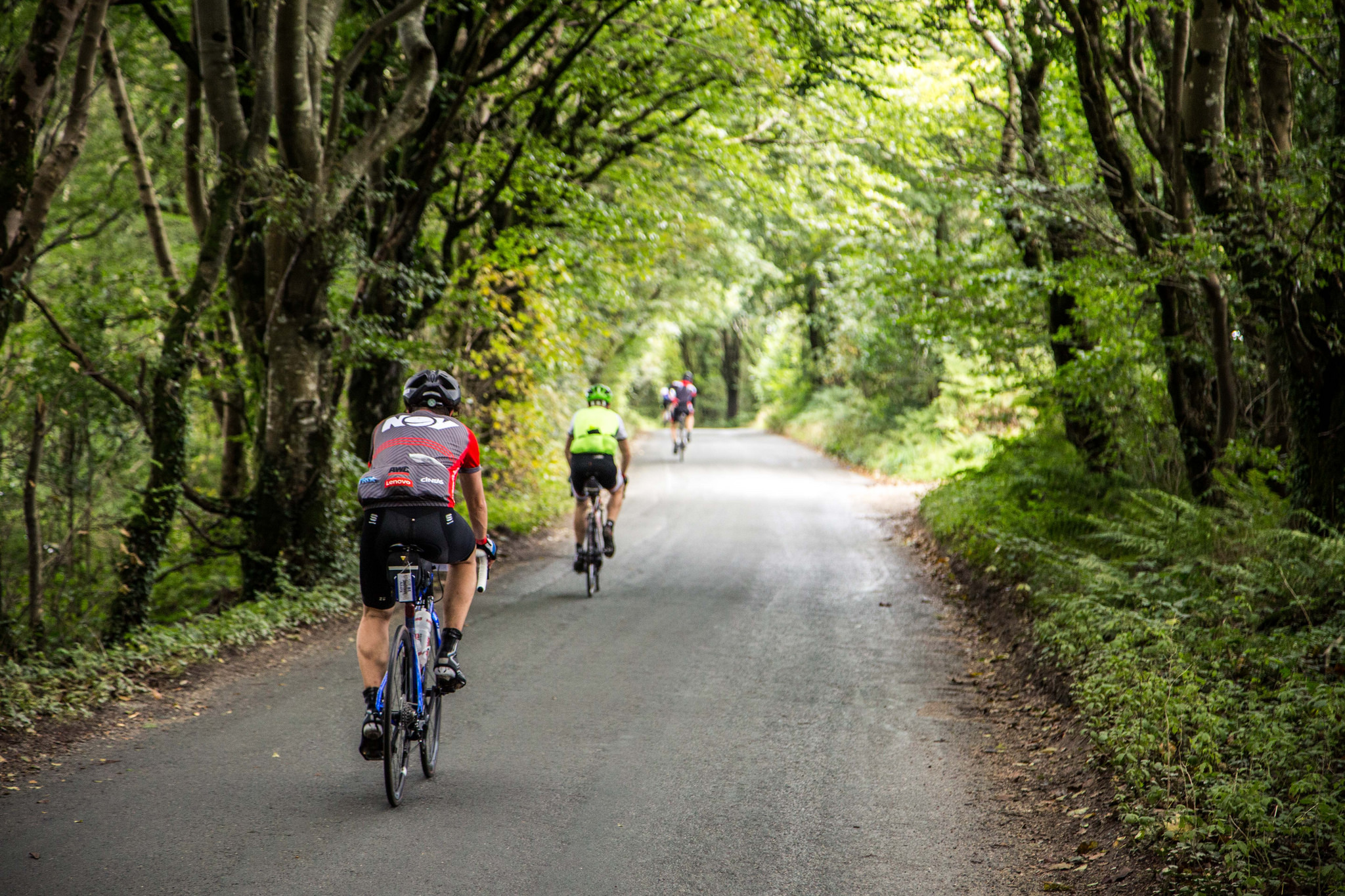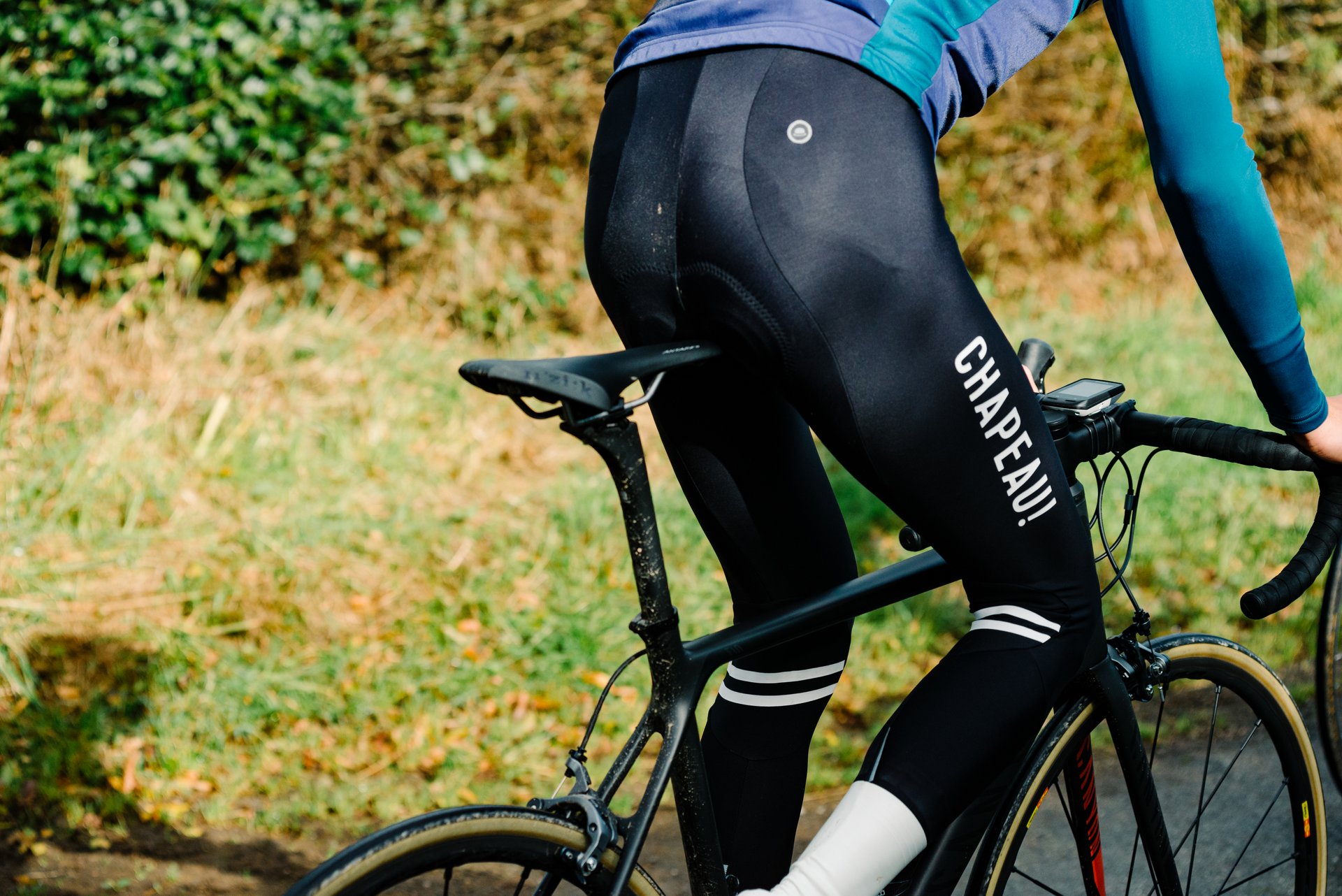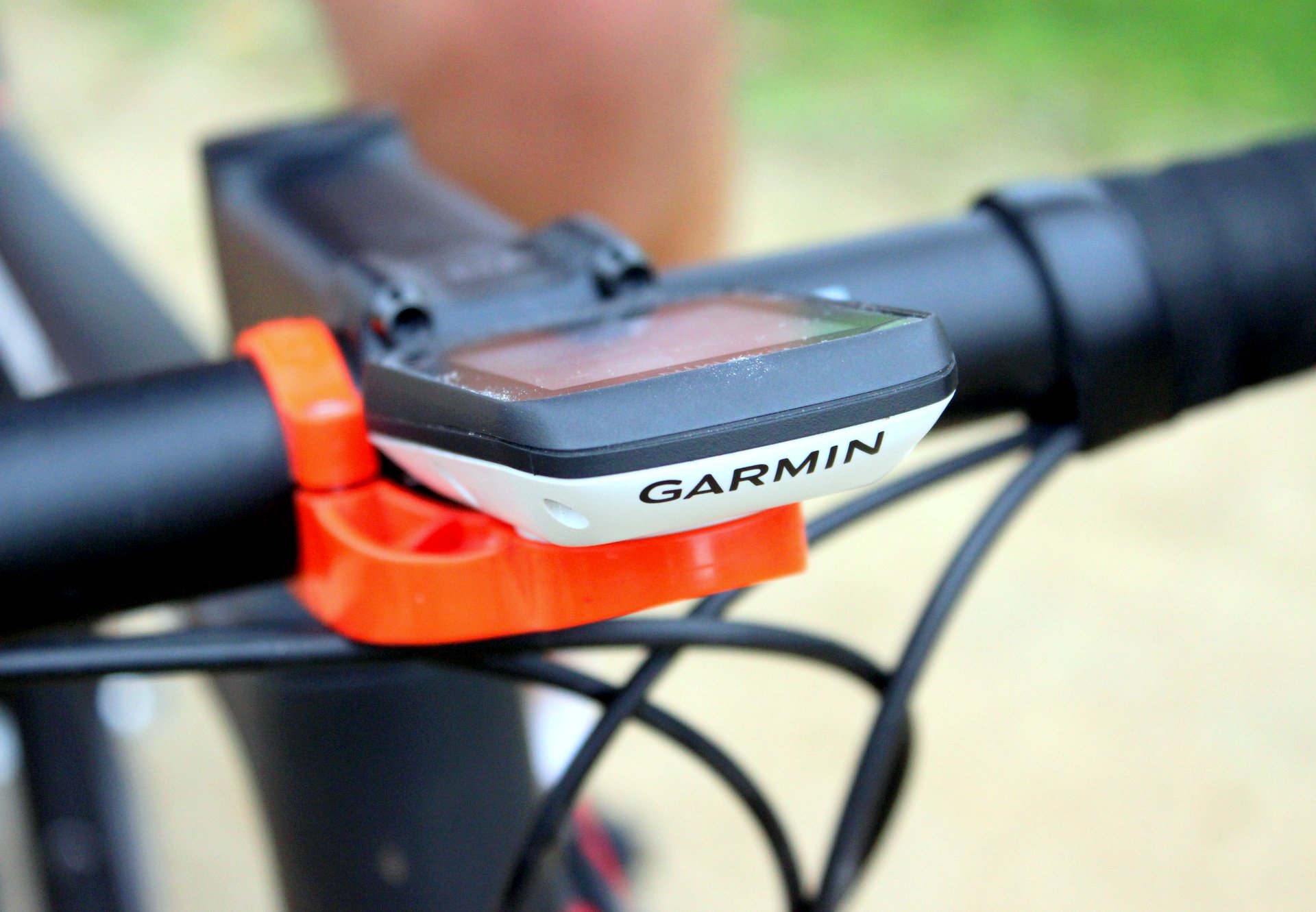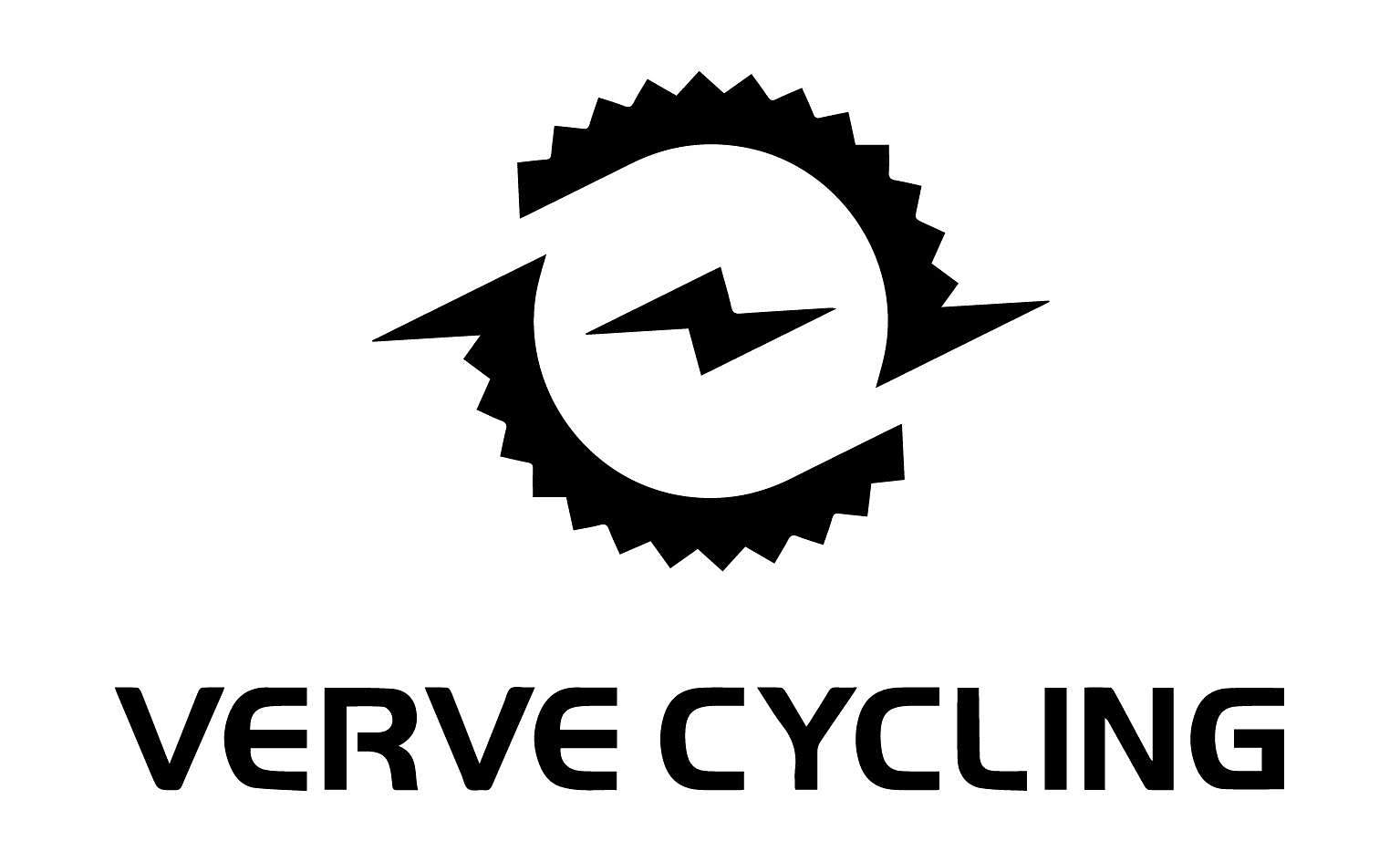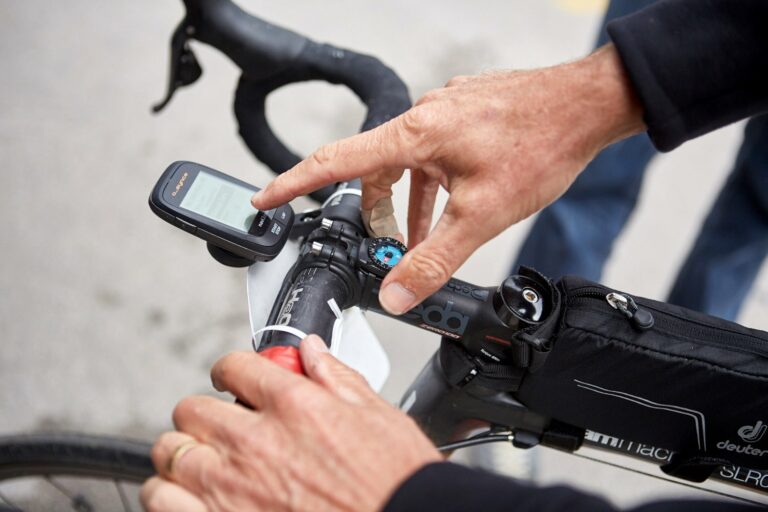Power meters are becoming and more common – what once was the preserve of the pro peloton can now be seen on the local chaingang and riders are training more intelligently than ever.
Riders also now have a wide range of options when it comes to buying a power meter, with crank, wheel, pedal-based units for a variety of budgets, from manufacturers including Verve, SRM, Garmin, Rotor, Power2Max, Powertap, Stages, Quarq and more.
A power meter has the potential to transform your training, offering an unparalleled level of accuracy and analysis which will allow you to achieve your goals faster. In fact, a power meter is, quite simply, the most effective training tool if you want to improve on the bike.
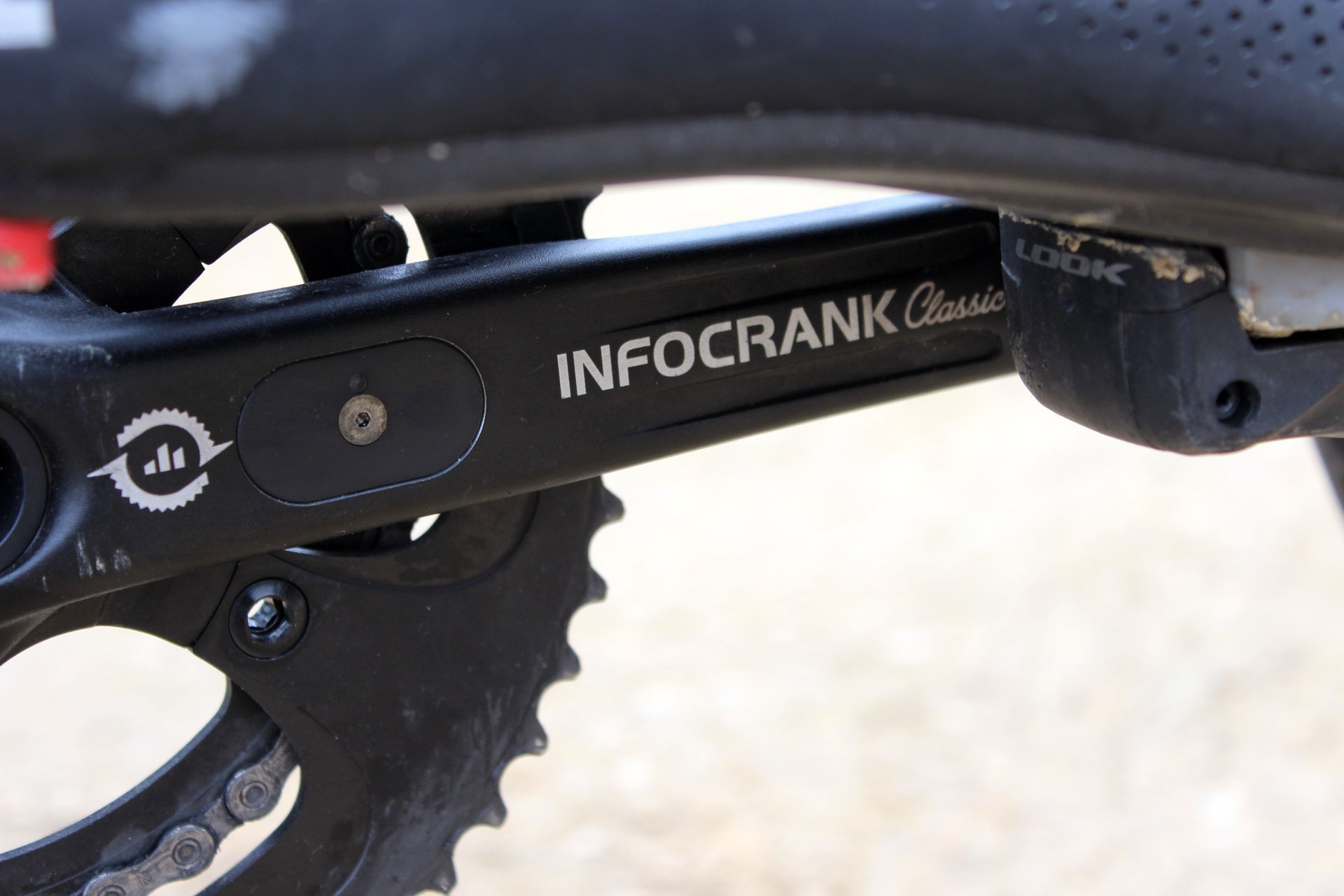
[series]
However, a power meter isn’t a quick-fix solution and training with power effectively takes time and commitment. Indeed, riding with a power meter isn’t simply a case of trying to hit biggest number of watts possible, but using it to plan and guide your training. Buying a power meter is the first step, but if you want to use it to its maximum potential, you need to be clued up on how to use it.
In this series of weekly articles, we will demystify how to train effectively with a power meter, covering everything from setting and using your training zones, to analysing a power file, and from using a power meter to pace a sportive or race, to analysing long-term trends in your training.
First, however, we’re going to take a closer look at why you should consider training with a power meter. Training with power isn’t for everyone, but this will help you determine whether you’re ready to take the plunge.
